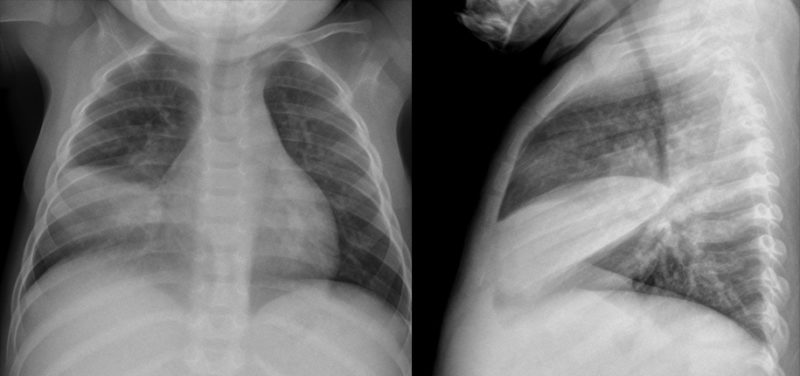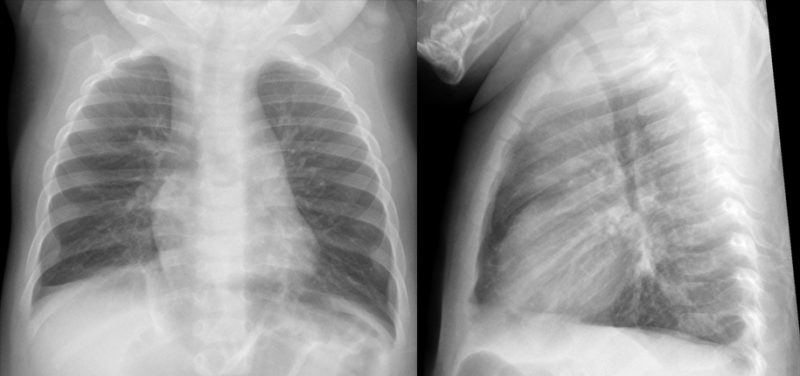
With winter upon us, more and more young children are visiting their doctors for symptoms such as fever, cough and difficulty breathing. Children presenting with these symptoms (especially in the fall and winter months) are often suffering from a lower respiratory tract infection.
Generally speaking, lower respiratory tract infections come in two flavors: viral and/or bacterial. Both are acquired when airborne droplets containing pathogens are inhaled into the respiratory system (like when someone who is sick sneezes in front of you) or when there is contact with a contaminated surface. The good news is that only lower respiratory tract infections caused by bacteria require antibiotics to get better. Viral-induced lower respiratory infections tend to get better on their own with proper rest and hydration. Therefore, the responsibility of the pediatrician or emergency room doctor is to determine whether your child’s symptoms are due to a bacterial infection, which would warrant antibiotics, or if it is simply due to a viral infection, which will get better on its own. Avoiding antibiotics when they are not necessary is important to help ensure that antibiotic-resistant “super bugs” are not created. In addition, avoiding antibiotics can spare your child from the potential side effects associated with these medications such as belly pain and diarrhea.
Your child’s doctor may perform or order a number of tests to differentiate a bacterial from a viral infection. One test your child’s doctor may order is a chest x-ray. With this imaging exam, the radiologist will help determine whether the picture is more consistent with a viral infection or a bacterial infection. If you are reading your child’s radiology report in MyChart, you might notice phrases in the radiologist’s report like “the lungs are symmetrically hyperinflated” or “increased parahilar peribronchial markings,” which are findings more consistent with a viral infection.
Interestingly, at this time of year the cold air can irritate the respiratory system and trigger asthma-like symptoms that can look identical to viral infection on the x-ray. Therefore, you may see the impression of the chest x-ray report read “findings consistent with viral or reactive airway disease without focal pneumonia.” This implies to the clinician who ordered the study that there is not a bacterial infection and, based on the x-ray, antibiotics are likely not needed. However, if there is an “opacity” or “consolidation” somewhere in the lung that doesn’t belong, then the possibility of a bacterial infection (or pneumonia) will be raised and a proper antibiotic will likely be prescribed.
Can you identify which child has viral and which child has bacterial pneumonia?
Image: Sample 1

Image: Sample 2

Answers at the bottom.
Contributed by Dr. Yinan Li and edited by Janet Adams, (ADV TECH-US).

Sample 1:

Sample 2:
